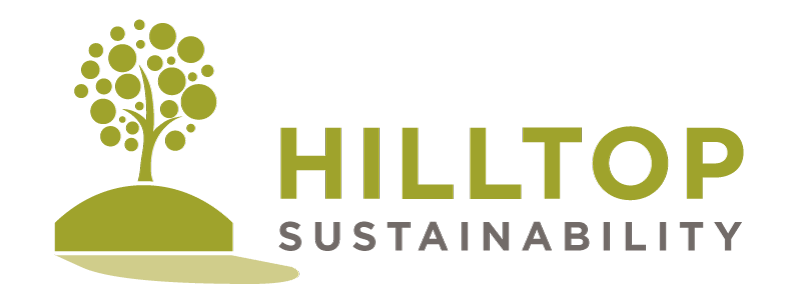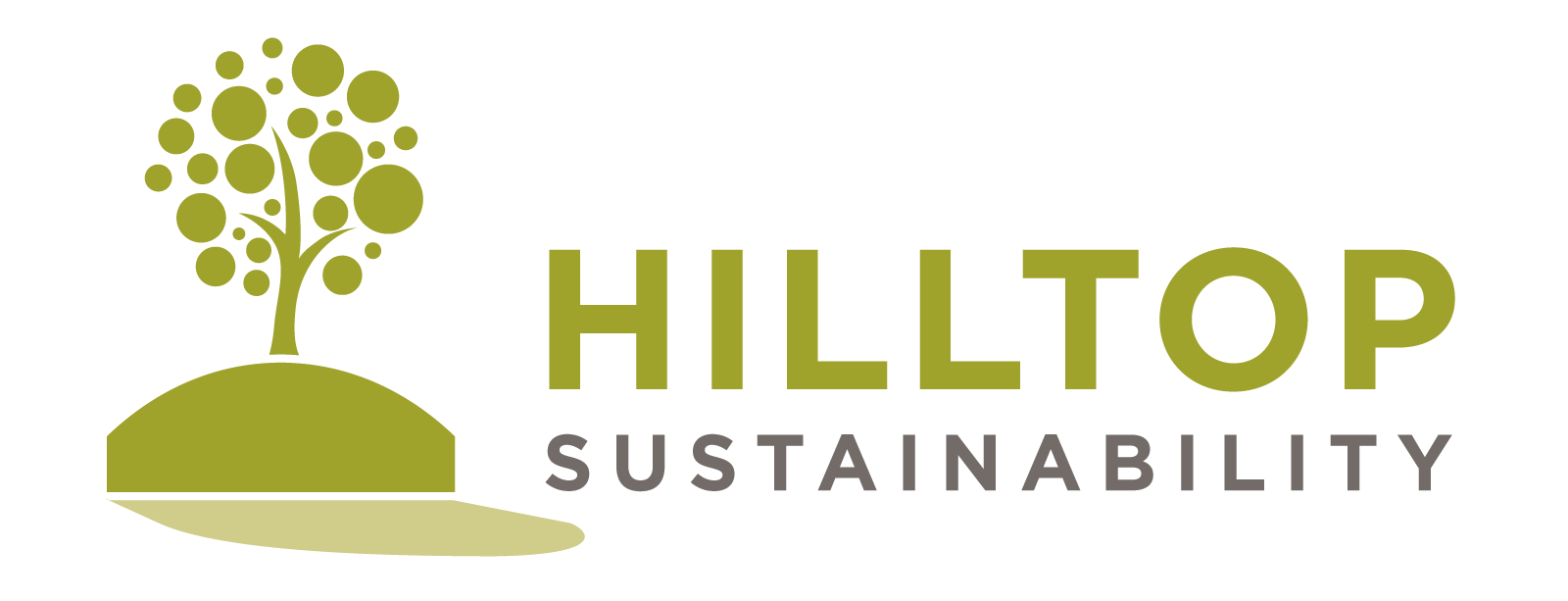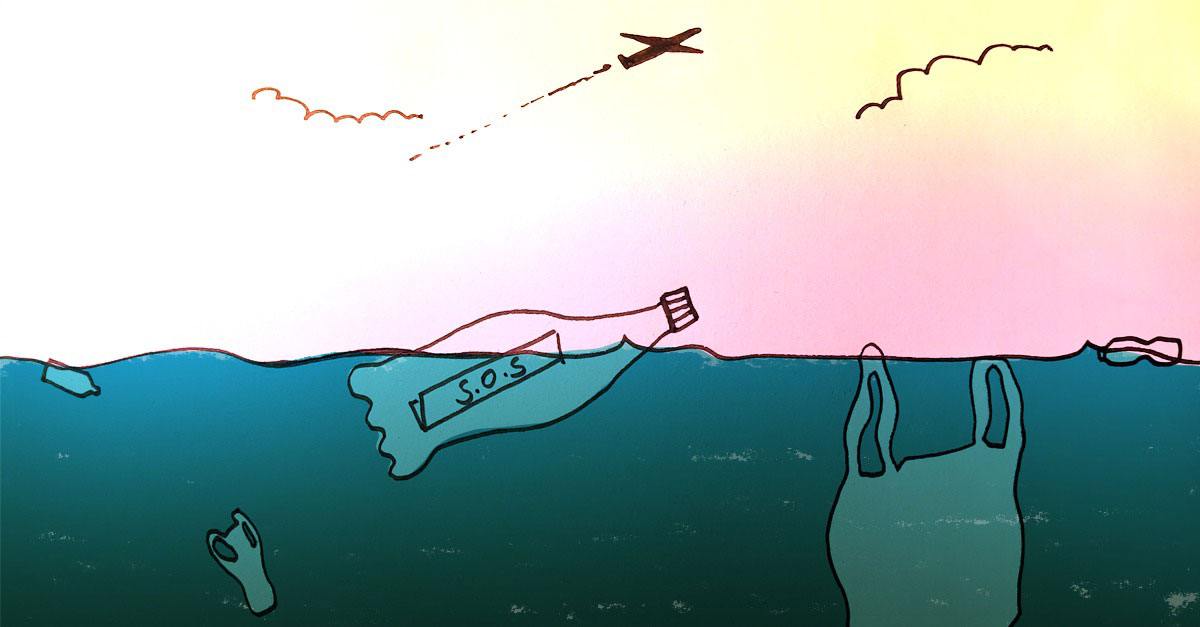
Illustration by Lucy Russell-Bates
Sir David Attenborough is often credited with having kicked off our battle to save the planet, and our oceans in particular, from plastic waste and pollution and it seems we quickly turned our attention on the supermarkets expecting them to be at the vanguard of our advance, making radical changes to eliminate plastic from their operations. Stopping free plastic shopping bags was a start, we were mollified, but almost straight away after that supermarkets started to run into problems.
It turns out plastic is used in so many forms of packaging and it is rarely purely about convenience and cost. In the case of fresh meat and produce it helps extend shelf life and reduce damage, both helping to reduce food waste, and the $1 billion annual food waste issue is as much of a travesty as plastic pollution.
In some cases it turns out that the weight and shapes we can produce out of plastic make shipping product so much more efficient and less carbon intensive that from an emissions point of view it makes more sense to be using plastic packaging rather than glass say. For example, if jam was packaged in plastic rather than glass jars, we could see a dramatic reduction in tCO2e emissions.
Some people are also touting the rise of alternatives to petro-based plastics, particularly bio-degradable and compostable ones. However, right now there are significant problems with these options as the infrastructure to capture these materials and ensure they are properly composted is almost non-existent: in the USA for example there are only 185 full scale commercially operated composting sites accepting food waste and not all of these even accept compostable packaging. So, like 90% of plastic packaging, most of this compostable packaging actually ends up in landfill or being incinerated, with a proportion still contributing to environmental pollution where, without the right conditions it will not in fact properly break down and compost.
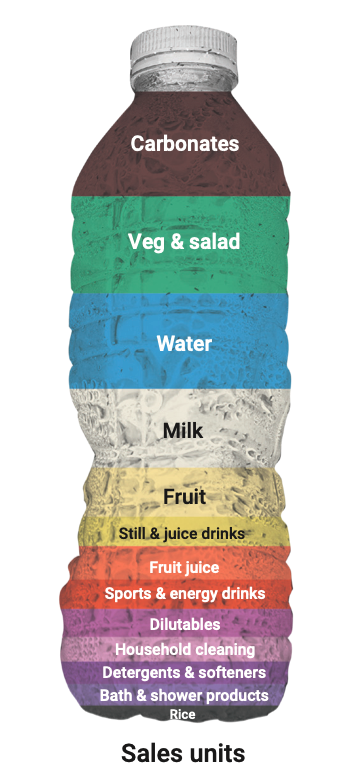
In a small number of cases, we should arguably be using more plastic, whilst in others we maybe need to completely re-think whole categories of supermarket stores. And if you look at where supermarkets generate the most plastic, it becomes easier to see what the priorities need to be. Looking at this graphic from a recent Greenpeace report you can see that drinks of all sorts are a big part of the issue. Whether they be soft drinks, milk, or bottled water, together they represent 7 of the 13 largest plastic generating categories in our weekly shop.
And yet there are some relatively easy answers if you look at it simplistically. In my home, we have joined the ranks who now buy our milk from a local shop rather than the supermarket, taking our own glass (or plastic) bottles along and refilling them. So far our two glass and one plastic bottle have each been re-used over 50 times each. For most supermarkets their milk sales are distributed across just 3 variants (full fat, semi-skimmed and skimmed), so it would seem far more realistic to replace the space allocated to bottles with 3 dispensing machines than the faintly ridiculous replacement of 2 metres of shelf-space in the new Asda sustainability trial-store with a dispensing machine for re-fillable Vimto. Of course, we should probably be buying plant-based milk substitutes, but that’s another topic for my fellow sustainability consultant, Amelie Lambert to address.
However, surely the most obvious move would be to address the elephant in the room that is bottled water. In the UK this is a completely superfluous product as the whole country is serviced by potable tap water that is in many cases better regulated for quality than the mineral water being bought to replace it. During the first lockdown in the UK Ocado stopped delivering bottled water as it was wasting valuable space on their vehicles at a time when people needed to receive essential groceries. We need to accept this approach year-round and recognise bottled water for what it is, a needless luxury.
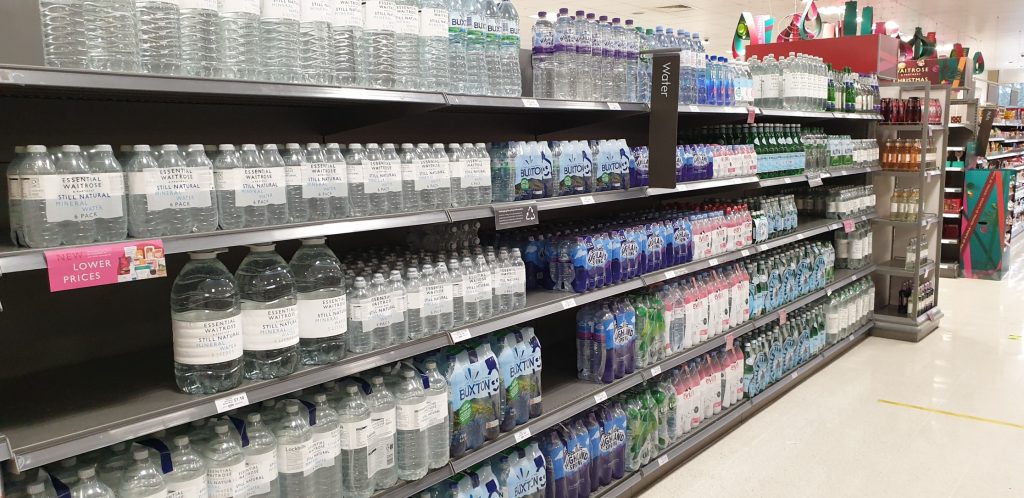
Supermarkets have the power to make this change by working together to change shopper habits. For any one of them to tackle this alone would risk losing customers who still seem to think bottled water is an essential part of their weekly shop. Government needs to play a part by adding a form of luxury tax to bottled water in the same way they have taxed sugary drinks higher than their sugar-free alternatives. For those stubborn consumers who insist on knowing their water has come from a mountain spring, install dispensing stations (I’m imagining large imitation wooden barrels that give consumers a sense of natural storage) and have consumers re-fill their own glass or plastic bottles in-store. And yes, refillable plastic is fine as let’s face it, plastic bottles are lighter, easier to carry and don’t smash into a thousand lethal fragments when you drop them! Such things already exist, like this one photographed in Canada.
I recently discovered that global water giant, Danone, is working towards becoming a B Corp. I was dismayed that a major player in one of the most pointless consumer product categories on earth could potentially receive one of the highest accolades in sustainability that a business can aspire to. Yes it is true that some parts of the world are dependant on bottled water because their local drinking water supplies are so polluted. But that bottled water doesn’t need to be mineral water shipped halfway across the world and we should see instead a tax on bottled water used to invest in clean water projects for those regions on our planet who need them. Continuing the sale of bottled water at current levels will get us nowhere in fighting the, literally, rising tide of plastic waste and pollution.
So, while we wait for the innovators to solve the challenges of distributing our food to supermarkets with less packaging whilst still protecting it from damage and maximising its lifespan to avoid waste, let’s push our supermarkets to make some bold moves on plastic bottles starting with some major shifts in if and how we buy milk and water.
Neil Russell-Bates, Hilltop Sustainability
